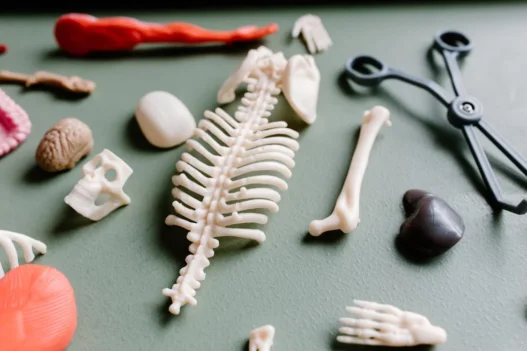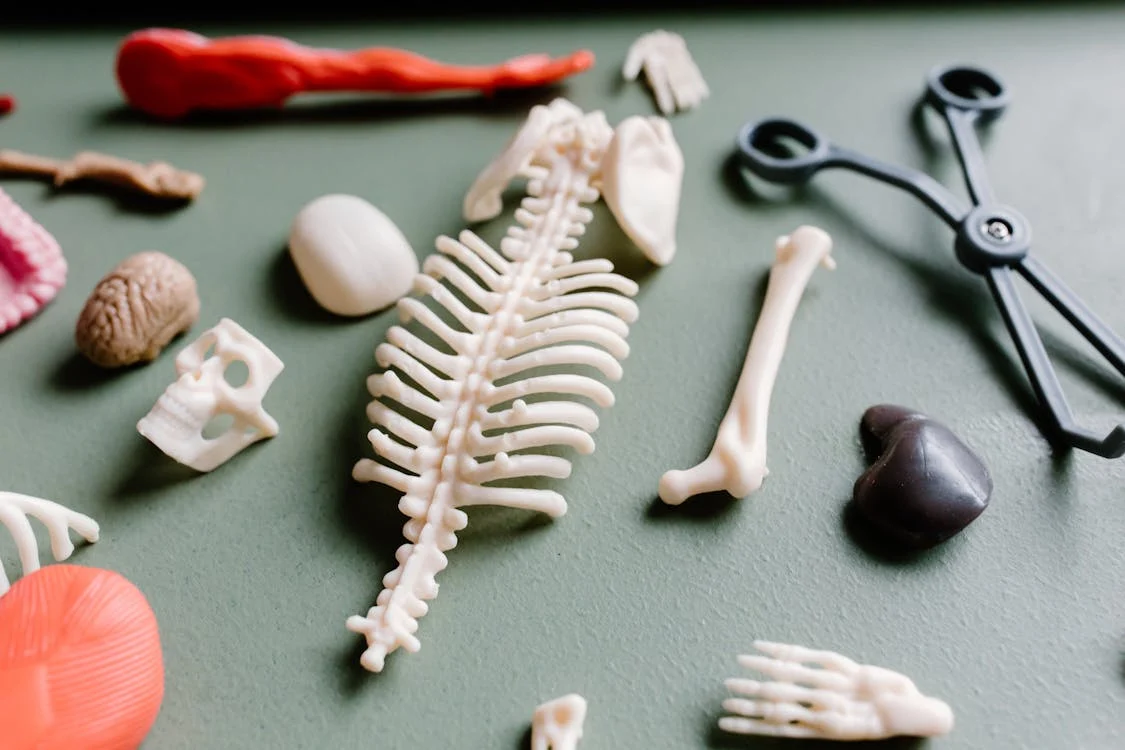0HJRXZZ is a medical code that represents the procedure of inspecting a toe nail from the outside, without any invasive measures. This examination is typically done to check for any abnormalities or issues with the toe nail.
Table of Contents:
- 🔎 Clinical Indication
- 📋 Preparation
- 📖 Methodology
- 🩹 Recovery
- 🚨 Complexity & Risk
- 🔀 Similar Procedures
🔎 Clinical Indication
Inspection of Toe Nail, External Approach may be performed to assess the health and condition of the toe nail. This procedure involves visually examining the external appearance of the toe nail to check for any abnormalities or signs of infection.
During the Inspection of Toe Nail, External Approach, the healthcare provider may also look for signs of ingrown toenails, trauma, or other issues that may require further treatment. By performing this procedure regularly, potential problems can be detected early and appropriate measures can be taken to address them.
📋 Preparation
Before undergoing an Inspection of Toe Nail, External Approach, patients are typically asked to remove any nail polish or other adornments from their toenails for better visibility. Additionally, it is recommended to wash the feet thoroughly to ensure a clean surface for examination.
Patients should inform their healthcare provider of any allergies or sensitivities they may have to materials used in nail care, such as nail polish remover. This information can help the provider take necessary precautions during the inspection to prevent any adverse reactions.
Lastly, patients may want to wear loose-fitting or open-toed shoes to the appointment to allow for easy access to the toes. This will make it easier for the healthcare provider to conduct a thorough inspection and address any concerns regarding the toenails.
📖 Methodology
During an Inspection of Toe Nail, External Approach (0HJRXZZ), a healthcare provider visually examines the external portion of the toe nail to assess for any abnormalities, such as discoloration, swelling, or tenderness. This procedure is typically done to evaluate the overall health of the nail and surrounding skin.
The provider may also check for signs of infection or trauma, such as redness, pus, or ingrown nails. By conducting this inspection, the healthcare provider can identify any issues early on and recommend appropriate treatment if necessary.
Overall, the Inspection of Toe Nail, External Approach is a simple and non-invasive procedure that allows healthcare providers to monitor the condition of the toe nail and address any concerns before they worsen. It is an important aspect of preventive care for maintaining healthy nails and feet.
🩹 Recovery
After undergoing an inspection of the toe nail through an external approach, the recovery process typically involves icing the area to reduce swelling and taking over-the-counter pain medication as needed for discomfort. It is important to keep the toe clean and dry to prevent infection, and a bandage may be recommended to protect the nail while it heals.
In some cases, the healthcare provider may prescribe antibiotics if there are signs of infection, and they may also advise soaking the toe in warm water to help with healing. It is important to follow any instructions given by the healthcare provider to ensure a smooth recovery and to prevent any complications.
Most people are able to resume normal activities within a few days after the procedure, but it is important to avoid strenuous activities that may put pressure on the toe nail until it has fully healed. Regular follow-up appointments may be scheduled to monitor the healing process and to address any concerns that may arise during recovery.
🚨 Complexity & Risk
Performing an 0HJRXZZ (Inspection of Toe Nail, External Approach) may seem straightforward, but it involves a detailed examination of the toenail that requires precision and experience.
The complexity lies in properly assessing the condition of the toenail, identifying any abnormalities or signs of infection, and determining the appropriate course of action for treatment.
If not performed correctly, there is a risk of causing unnecessary pain, infection, or damage to the nail bed, leading to potential complications for the patient. It is important for healthcare professionals to take caution and care when conducting this procedure to ensure the safety and well-being of the patient.
🔀 Similar Procedures
Another medical procedure similar to the Inspection of Toe Nail, External Approach is the examination of fingernails. Just like with toes, medical professionals can observe fingernails for signs of infection, trauma, or other abnormalities. This examination can help in diagnosing health conditions ranging from vitamin deficiencies to lung disease.
Similarly, the inspection of skin lesions on the body is a procedure that mirrors toe nail inspection. Dermatologists often examine moles, freckles, and other skin anomalies for signs of skin cancer or other diseases. By closely examining the appearance of these lesions, medical professionals can provide early detection and treatment if necessary.

